Local medicinal herbs are more potent
Herbs that you grow and harvest yourself are adjusted to your local growing conditions. They recognize the bacteria and fungi that you have in your area as well as the stressors of your local climate and hardiness zone. They develop resistance to the very things that you also struggle with on a biological level.
Herbs are made up of thousands of constituents. When you use conventional drugs you introduce just one active constituent into your body. When you use “standardized extracts” of medicinal herbs that you can buy at the drug store, you are often only getting what industry has decided is THE active ingredient of a botanical. Many of the constituents of the plant that are not thought important to its medicinal use are discarded. However, sometimes those same constituents are necessary for the perceived active ingredient to actually be absorbed into the body. Standardized herbal extracts are not the most potent way to use herbs.
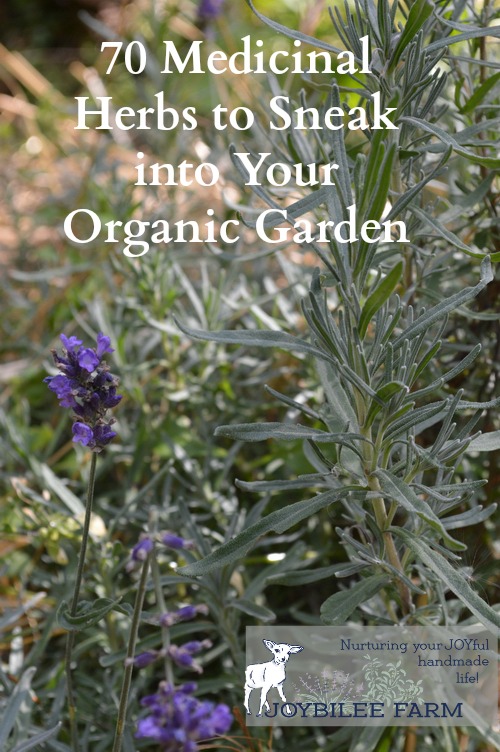
By growing herbs yourself, in your own garden, you get the freshest, most potent medicinal herbs. These are thriving under the same stressors that you, yourself, are challenged with. When you buy dried herbs, even from local herb stores, they won’t be as active or as potent as the herbs that you harvest fresh and process yourself.
But how do you fit medicinal herbs into your home garden plans? You don’t need hundreds of acres to grow enough medicinal herbs for your family’s wellness. Here’s 5 ways to fit medicinal herbs into your organic garden.
Of course you’ll be limited by how much land you have under your control. However, medicinal herbs can even be added to a roof top garden, so think outside the normal monoculture garden plan. Imagine ways you can incorporate the medicinal herbs you need for wellness into the garden space you have.
5 ways to fit medicinal herbs into your vegetable garden
1. Let the weeds grow on the edges of your garden
Medicinal herbs are often the same plants that other people pull as weeds. Consider leaving a few plants to flower instead of weeding them out. Just harvest them before they set seed. If you aren’t going to use the flowers medicinally, you can even clip them off before they set seed. But let the bees take their pollen first. Bees need medicinal herbs, too.
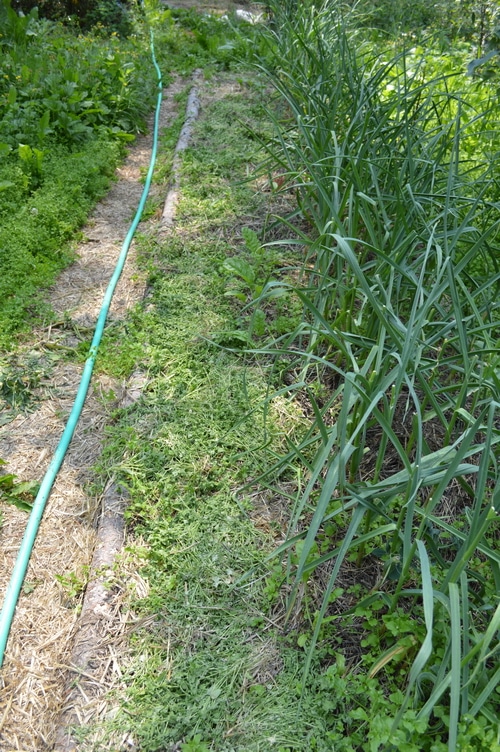
Medicinal herbs that are weedy but potent medicines
Burdock (Arctium lappa))
Chickweed (Stellaria media)
Cleavers (Galium aparine)
Couch grass (Elymus repens)
Jewelweed (Impatiens biflora)
Self heal (Prunella vulgaris)
Sheep Sorrel (Rumex acetosella)
Shepherd’s Purse (Capsella bursa-pastoris)
Stinging Nettle (Urtica dioica)
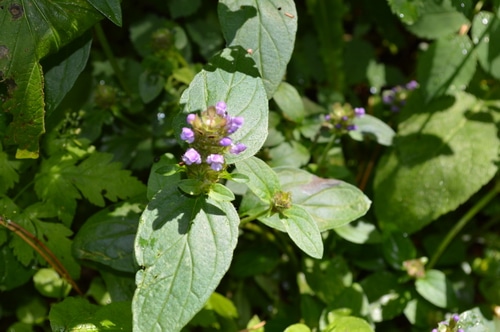
2. Create a perennial medicinal hedgegrow for you and the bees
Medicinal herbs can grow in the hedges of your garden space offering nectar for the bees, attracting native pollinators, and ultimately offering medicinal herbs for your use. Consider the higher and lower levels of the hedgegrow and choose plants that are adapted to your plant hardiness zone.
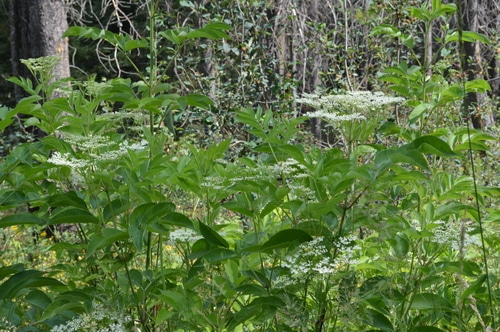
Medicinal herbs for the hedgegrow include:
Elecampane (Inula Helenium)
Goji Berry (Lycium barbarum )
Hawthorn (Crataegus spp.)
Kinnikkinnik (Berberis spp.)
Marsh Mallow (Althaea officinalis)
Mulberry (Morus nigra)
Seabuckthorn (Hippophae salicifolia)
Soopallallie/Buffalo Berry (Shepherdia canadensis)
Sweet Hops (Humulus lupulus)
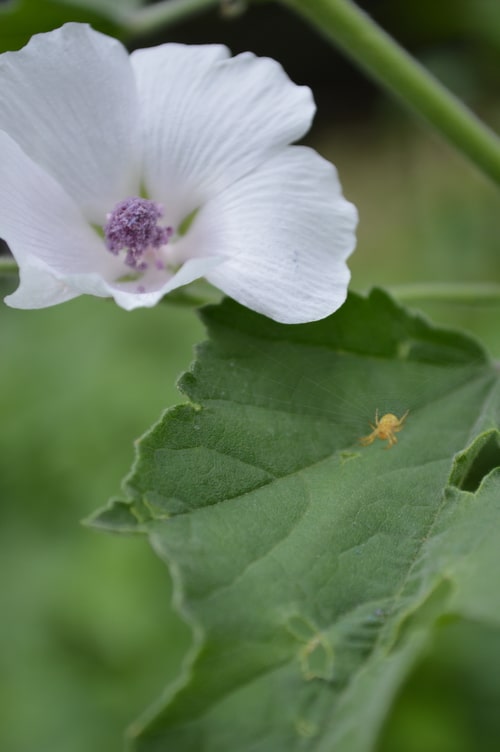
3. Use medicinal herbs as companion plants in your vegetable garden
Dill is a carminative and one of the ingredients in infant “gripe water”. But dill also attracts predatory wasps to your garden to deal with the caterpillar predation on broccoli, kale, and cabbage plants. Planting dill in the same rows as your brassica plants improves the brassica yields.
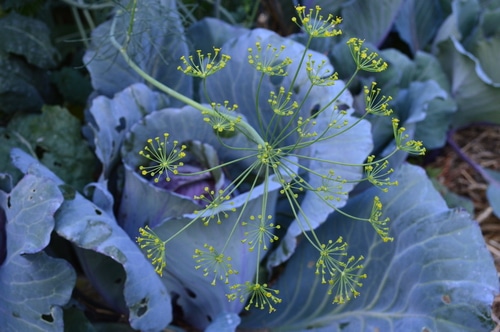
African Marigolds are high in lutein and zeaxanthin which are important for eye health. Marigolds are also bee plants. They control root nematodes in the soil and help your vegetable plants grow. Plant them near beans, cauliflower, and squash plants to attract pollinators. Harvest the flowers, as they open and dry them for medicinal use. More ideas for companion planting can be found at Attainable Sustainable.
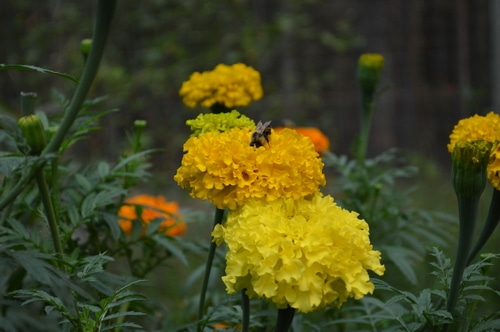
Medicinal Herbs that are companions to your vegetables
Anise Hyssop (Agastache foeniculum)
Calendula (Calendula officinalis)
Chamomile (Matricaria chamomilla)
Chives (Allium schoenoprasum)
Dill (Anethum graveolens)
Egyptian Walking Onions (Allium proliferum)
Garlic (Allium sativum)
Lemon Balm (Melissa officinalis)
Lemongrass (Cymbopogon Citratus)
Marigold (Tagetes erecta)
Marjoram (Origanum majorana)
Mint (Mentha piperita)
Monarda – Bergamot (Monarda didyma)
Oregano (Origanum vulgare)
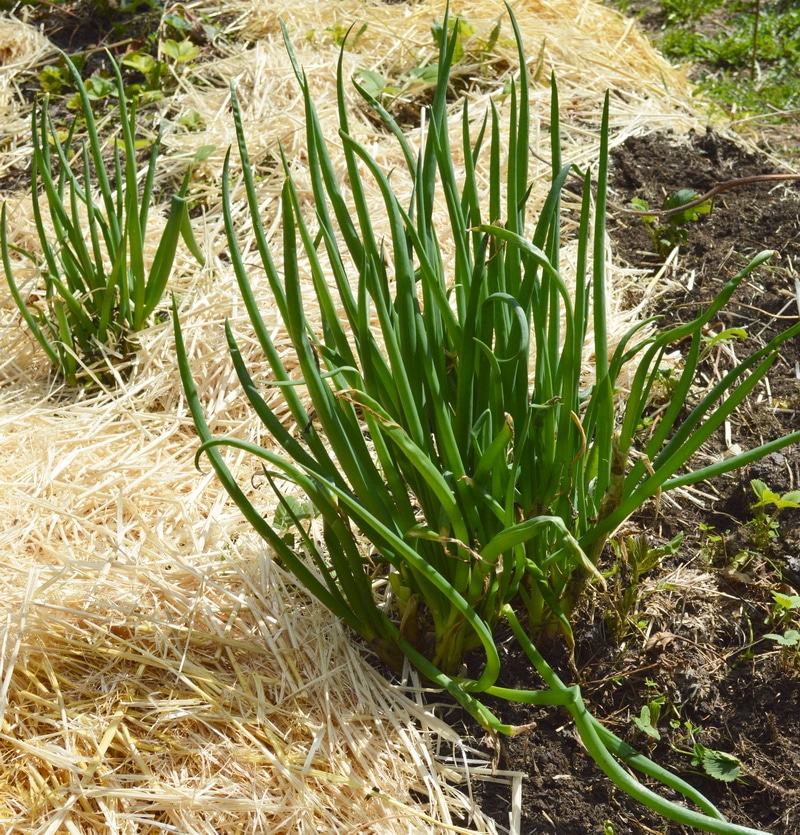
4. Plant medicinal herbs among the edibles in your ornamental landscape
Just like sneaking edible fruits into your ornamental landscape, you can sneak medicinal herbs into your ornamental landscape, too. Some herbs, like hibiscus and passionflower, have gorgeous flowers. Other herbs have interesting foliage, like rosemary, aloe, or willow. Herbs like lemongrass, basil, lavender, and echinacea are ornamental in their own right and can be planted in a mass for attractive landscapes. Some medicinal trees and shrubs like ginkgo, camellia (the tea plant), and linden are pretty enough they can form the focal point in a mass planting with other herbs. Your neighbors will never know the real reason you chose these plants over popular ornamental shrubs. Choose perennial plants that are hardy in your own gardening zone.
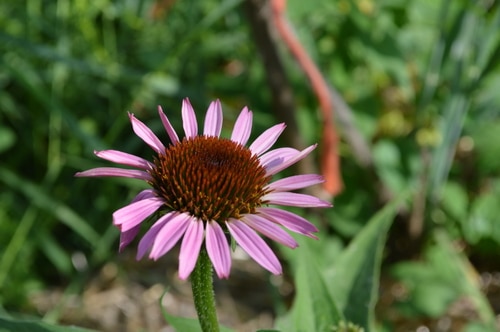
Medicinal herbs that are also ornamental
Calendula (Calendula officinalis)
Camellia (Camellia sinensis)
Cedar (Cedrus spp.)
Chestnut (Castanea sativa)
Echinacea (Echinacea purpurea)
Elm, slippery (Ulmus rubra)
Fig (Ficus carica)
Ginko (Ginkgo biloba)
Goji Berry (Lycium barbarum)
Hibiscus (Hibiscus rosa-sinensis)
Juniper (Juniperus)
Lemon (Citrus × limon)
Lemon Verbena (Aloysia citrodora)
Linden (Tilia)
Passionflower (Passiflora)
Pomegranate (Punica granatum)
Rosemary (Rosmarinus officinalis)
Saffron (Crocus sativus)
Walnuts (Juglans sp.)
Witchhazel (Hamamelis)
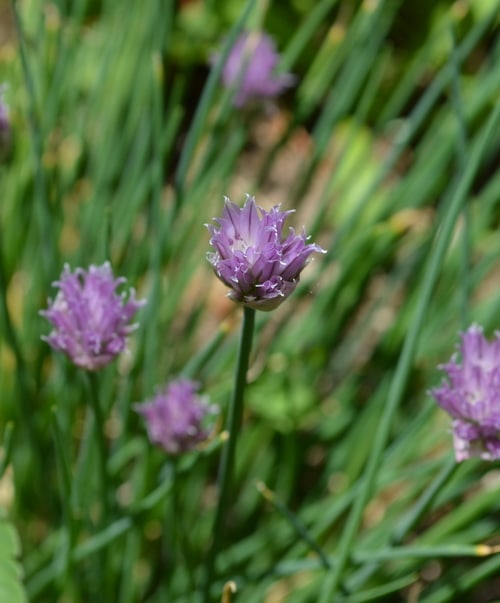
Grow medicinal herbs in their own garden space
Herb spirals, kitchen gardens, keyhole gardens, and shade tunnels allow for dedicated space to grow both culinary and medicinal herbs. Herbs that do well when grown in containers are herbs that lend themselves to growing in a dedicated garden bed, keyhole garden, or herb spiral. Herbs that require the shade of a forest canopy, like ginseng, grow best under shade tunnels.
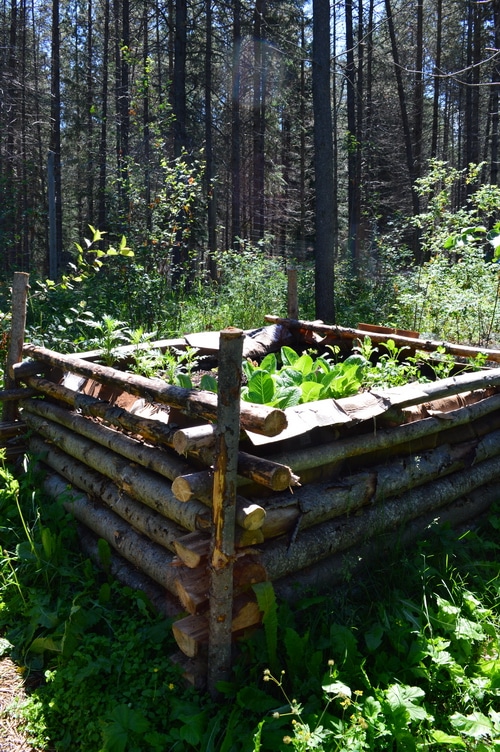
Herbs to grow in a dedicated herb garden
Anise Hyssop (Agastache foeniculum)
Fennel (Foeniculum vulgare)
Ginger (Zingiber officinale)
Lemon Balm (Melissa officinalis)
Marjoram (Origanum majorana)
Oregano (Origanum vulgare)
Parsley (Petroselinum crispum)
Tarragon (Artemisia dracunculus)
Thyme (Thymus vulgaris)
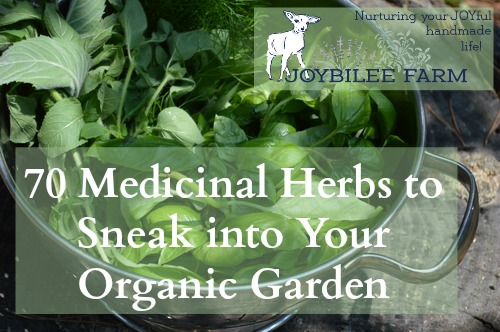
Medicinal herb gardening the smart way
Sneaking medicinal herbs into your organic garden is smart garden planning. The herbs you grow are more potent than anything you can get from a store or a bottle. They are tuned into the challenges of your local environment and will uniquely help you in your quest for wellness. Whether you have a lot of land or a postage stamp back yard, there are ways to integrate medicinal herbs into your landscape, so that they are there when you need them.
Learn more about medicinal herbs
Herbology: Which herbal medicine school is right for you?
Chestnut School of Herbal Medicine
No time to study herbs? Try the Herbarium to study herbs in depth on an as needed basis.
My book is available on Amazon.


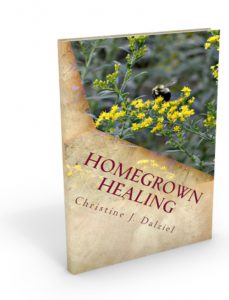

I am surching for wild lettucs
I have raised beds and plant herbs in the corners.
Great article! I always shied away from planing medicinal herbs becausee I believed you need to be very precise in order to grow herbs to their full potency. I never realized that herbs can adapt and develop resistance to the same stressors that may affect human health, but it makes sense. We use elderberry a lot in our household, so I’ll definitely be trying to grow it in my herb and vegetable garden next spring!
Thanks so much for spreading the word.